True, one of the earliest school shooters, Brenda Spencer, who shot up a playground in San Diego in 1979, was a girl – providing the peg for the Boomtown Rats’ hit “I Don’t Like Mondays.” But that was a long time ago. Since then, American mass shooters have been overwhelmingly male. One would expect, then, that when the culprit in an attack on young children is a woman, that anomaly would merit journalistic remark. After all, following these baffling bursts of nihilistic animosity, there’s little enough to say. Yet after “Robin” Westman opened fire on kids at mass in a Catholic school in Minneapolis in late August, segments of the media were conspicuously incurious about how “she” came to be consumed by such commonly masculine rage.
This grotesque incident was, as usual, pointless – and as a longtime commentator on such shootings, I despair there are so few, if any, productive observations to advance. While still exhibiting the classic, seemingly antithetical traits of grandiosity and self-loathing, this killer was, to me, uniquely repulsive. Craving distraction, then, I’ve idly kept track of which media outlets have perversely and pugnaciously referred to Robin (né Robert) Westman as female.
Naturally, for the New York Times the transgender killer is “she” or “Ms. Westman.” The BBC has also followed its guidelines to “generally use the term and pronoun preferred by the person in question” – even if the “person in question” committed suicide on site and is no longer in a position to have preferences of any kind.
When Senator Amy Klobuchar bewailed that “this horrific offender… that he… it was all-purpose hate, right?” and called Westman “a madman,” the interviewer from America’s National Public Radio appended: “And just a point of clarification, Senator Klobuchar referenced the shooter as ‘he’. Although police have identified a suspect, it’s still unclear at this time what that person’s gender is or how they identify.” Yet the shooter having been born male had already been retrieved from the public record. The sheep-in-conservative-clothing commentator on the PBS Newshour, David Brooks, repeatedly referred to Westman as female – no big surprise. But when a Wall Street Journal editorial also reported Westman had “changed her name from Robert,” my jaw dropped. Even Fox News reported the killer “had their name legally changed.” (All italics mine.) I’ve begrudging regard for ABC’s militant neutrality. In fastidiously citing “a person,” “Westman” with no title, “the shooter” and “the suspect,” the network boycotted pronouns altogether. That takes semantic discipline. But the right-of-center New York Post’s flat-out “he,” “him” and “gunman” is more courageous, not to mention more factually informative. At long last, the Daily Telegraph in London dared to identify Westman as male – though for years it referred even to preposterous, manipulative fake-female criminals such as “Isla” Bryson as “she.”
The trans cult attracts the insecure, the lost and ungrounded; the unstable, disturbed and, yes, outright deranged
For journalists to take a trans-mollycoddling stand in the pronoun wars isn’t merely to default to niceness. Misidentifying the biological sex of figures in news stories is an implicit declaration of support for an incoherent, unhinged ideology. This grammatical loyalty to progressive dogma apparently trumps journalistic integrity – the obligation to report the truth – and even decency. Chronicling the Annunciation Catholic Church and School shooting, the New York Times and the BBC are pandering to the tender feelings of someone who’s 1) a would-be mass murderer (the successful kind, by a rather arbitrary definition, kills four or more); 2) insane; and 3) dead. We alive people resent once-reputable news outlets choosing the occasion of two murdered children and at least 18 seriously injured people to propagandize and yet again defy biological reality.
Media kowtowing to trans orthodoxy alienates their mainstream audience. Incorrect pronouns drive news consumers nuts. Alluding to a burly guy in a pink wig with a five o’clock shadow as “she” makes journalists seem like fools and readers and viewers feel mocked. Even the wussy middle course of calling trans people “they” leads to grammatical confusion. Also late last month, the Telegraph reported that another (male) transgender killer, “Joanna” Rowland-Stuart, “stabbed their partner to death with a samurai sword.” The following para refers to Joanna’s attack in “their Brighton home.” Does that mean the couple’s home, or only Joanna’s?
In that case, the court has deemed the killer Joanna “unfit to plead,” meaning he’s bonkers. Is a pattern developing? Despite multiple cases of trans murderers whose sanity was dubious, I’d not claim, as some conservative pundits do, that trans people are grossly overrepresented in the depressingly long roster of American mass murderers. Yet people who are mentally ill in other respects are consistently the most susceptible to deciding they were “born in the wrong body.” The trans cult attracts the insecure, the lost and ungrounded; the unstable, disturbed and, yes, outright deranged.
We’ve turned confusion about which sex you are into a reasonable, dare I say normal, source of distress that demands redress, not by curing a delusion but encouraging it. Declaring you’re trans is a moment of self-discovery that we celebrate for its “authenticity” and “bravery.” In the olden days of Psycho, a man wearing women’s clothing sent an ominous signal that there’s something off about them.
Yet Westman’s transgenderism was so socially acceptable that it functioned as disguise – cloaking a manic mishmash of malice toward Jews, children, blacks, Hispanics, Christians, Donald Trump, doubtless everyone else and, not to forget, himself. Rather than signal there’s something wrong here, Westman’s dressing as a woman actually camouflaged the warning signs that the young man was out of his tiny mind. The seminal mistake in the progression of this demented transgender movement was no longer recognizing gender dysphoria as a mental disorder.
This article was originally published in The Spectator’s September 15 2025 World edition.



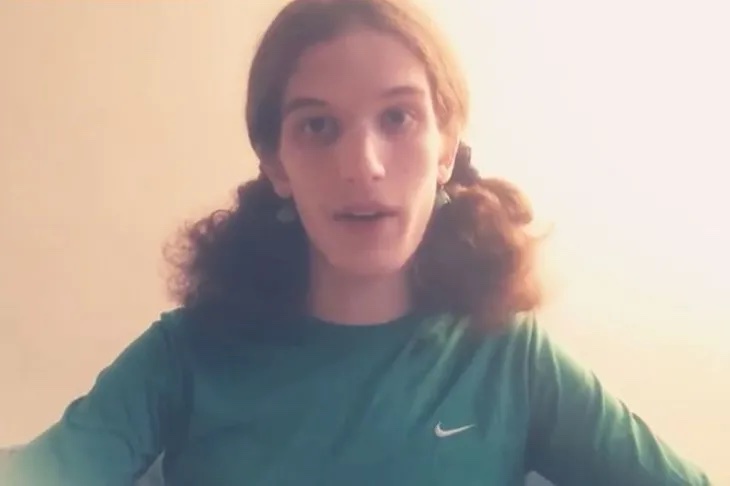









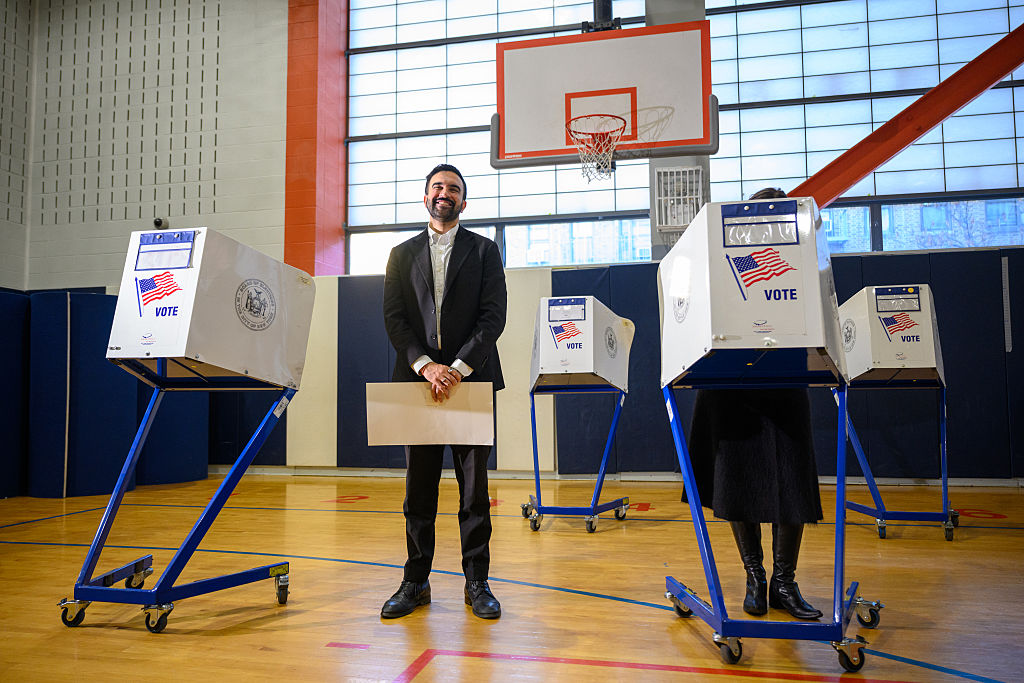
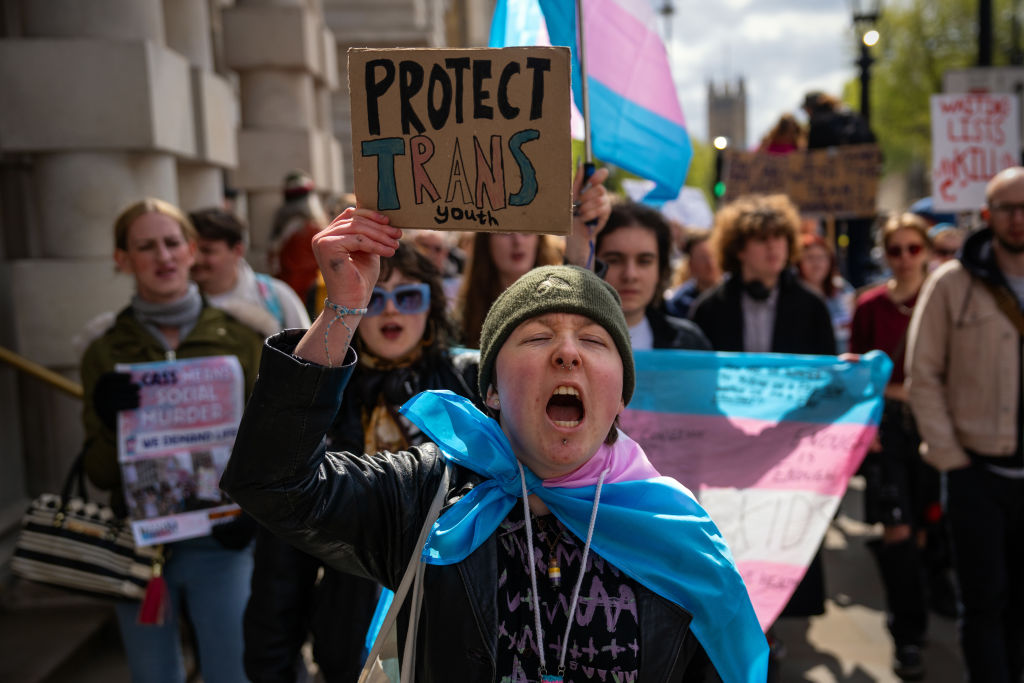
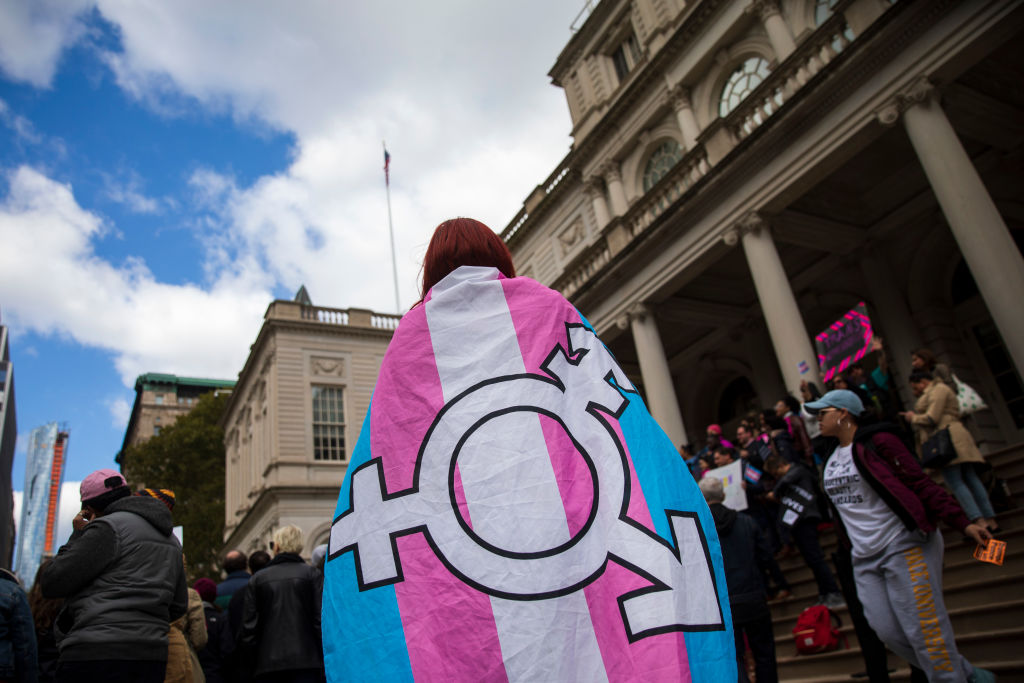


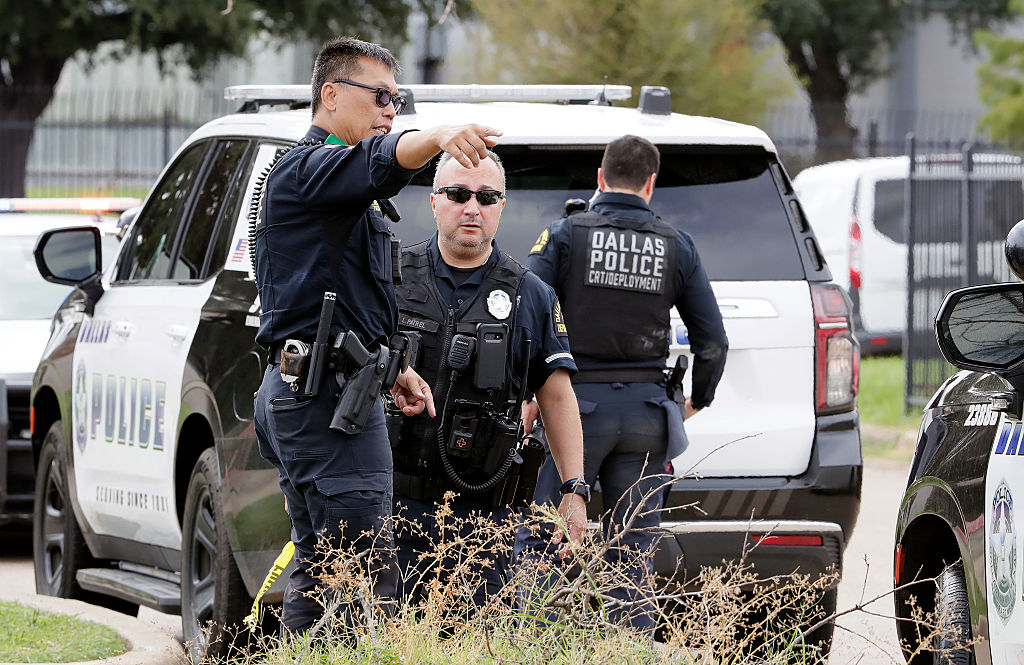







Leave a Reply